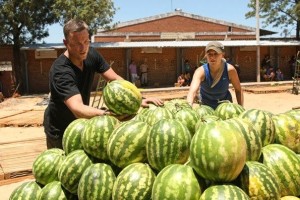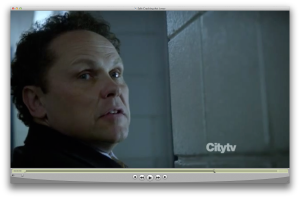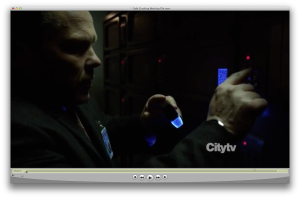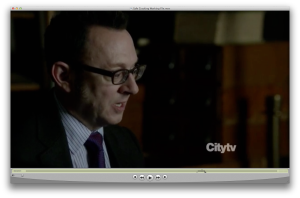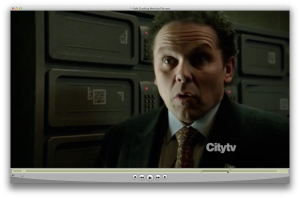You may not know it, but the Amazing Race is big in Canada. It is so big, in fact, that they are planning on running a Canadian version. I’ve already started training and I am currently accepting applications from people who would like to join me on the winning team. But I digress…
Last week’s season finale (season 21, I think) included a challenge that asked contestants to put banners containing the words “hello” and “goodbye” beneath country flags, in that order, and in the language from that country. The contestants struggled and the challenge took over 2 hours, but one contestant tackled it systematically by trying all possible combinations. It was made for a math classroom. In the WNCP, this fits Permutations and Combinations from Pre-Calculus 12 (Math 30-1) in Alberta. It also fits Math 30-2 in Alberta. Here it is, in 3 Acts.
Act I
Play the video by clicking the photograph of one of the contestants working on the challenge.
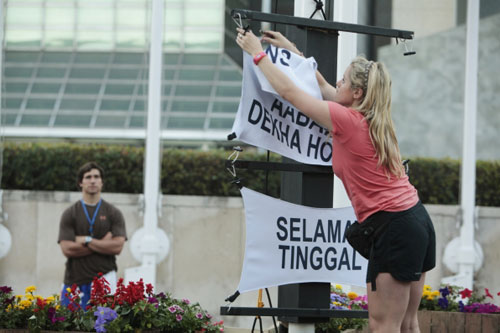
With any kind of luck, the students will wonder how many combinations of the “hello” and “goodbye” banners are possible. They will require more information.
Act II
This video is longer than the Act I video, and by watching it closely, they should be able to determine that they are working with 9 country flags, and 20 banners with words on them. There are 2 extra banners.
Act III
I don’t have a video with the answer. It is fun playing with this problem, though. Initially, there are 1,216,451,004,088,320,000 combinations (20 x 19 x 18 x…x 3). By getting France and Spain correct immediately, the contestants reduced that number by a factor of 116 280, and now only have 10,461,394,944,000 possible combinations to try. If they had truly had to guess them all, they’d still be at it.
Enjoy. Fix my math.
Read Full Post »

